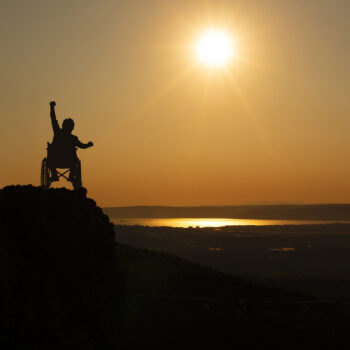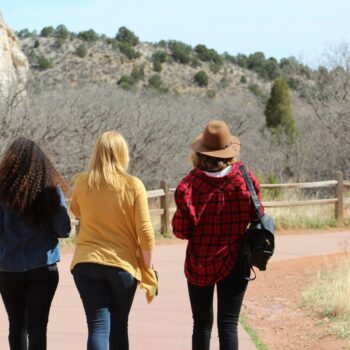What does boredom mean to you?
Do you look at it as a positive, negative or something in between type of emotion?
Do you feel like your habits tend to make you feel bored more easily, such as too much screen time?
If you could convert boredom into creativity, would you?
So, even though it may not always feel like it, boredom is a feeling – and something we can control.
We just have to put the work in.
The next time you catch boredom creeping up, you can try putting your phone away!
If you aren’t careful, 10 intended minutes of screen time can turn into an hour.
Social media is a great way to keep in touch with loved ones and can be a great tool when used in moderation.
Sometimes when we start scrolling, it can be hard to stop, and before you know it, the afternoon has escaped you.
Any form of screen time, whether it be scrolling through social media, texting or playing games, can negatively impact our motivation and distract us from our goals.
When we notice boredom creeping up on us, grabbing our phone can feel like the fastest and easiest form of entertainment.
Although it may initially distract you, it likely won’t establish a long-form solution.
Instead, we recommend putting your phone in a different room and immersing yourself in a creative activity.
Creativity can be practiced in so many ways. It all comes down to finding an activity or two that brings you joy.
Singing, dancing, writing and gardening are all great activities to explore.
What are you waiting for? It’s time to get creative.







 f July, take a moment to reflect on the people in your community who might need your support and be sure you are speaking out for them. Want more ideas for action you can take? Check out the resources below.
f July, take a moment to reflect on the people in your community who might need your support and be sure you are speaking out for them. Want more ideas for action you can take? Check out the resources below.




